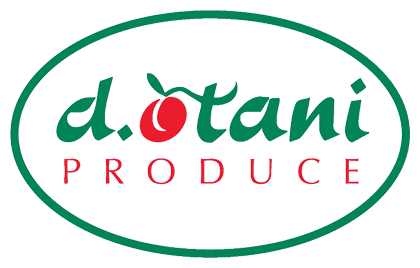The Southeast Produce Council recently released Everything You Always Wanted to Know About Organics but Were Afraid to Ask.
After a successful partnership with the Food Marketing Institute to unveil the Power of Produce report exclusively during its Southern Exposure conference, the SEPC is excited to now offer valuable data pertaining to organics for its members as they attended this year’s Southern Innovations Organics & Foodservice Expo. David Sherrod
David Sherrod
“Organic produce has been a shining star in a challenged perimeter for several years now,” said David Sherrod, president and chief executive officer of SEPC. “We are encouraged by the study results to see that there is still ample opportunity and consumer interest for organic to drive continued growth for produce for the country, and the Southeast specifically. While organic produce uptake in the Southeast still lags behind that of the rest of the U.S., we are catching up fast with above-average dollar gains of 12.3 percent.”
Over the past five years, organic produce has added more than $1.6 billion in sales. While double-digit dollar growth rates between 2015 and 2017 have dropped to plus-4.9 percent, the category still fuels more than 38 percent of all new growth. For the Southeast, organic drove 41 percent of all new produce dollars. Importantly, many categories contributed to the sales gains. Fourteen out of the 15 categories that have organic sales upwards of $100 million a year grew dollar sales. Organic also improved unit sales (4.6 percent) and volume sales (4.9 percent) over the 52 weeks ending July 14.
The study found that the top five organic categories -- berries, apples, carrots, bananas and tomatoes -- generate 48.5 percent of total sales. “These organic powerhouse categories are important gateways to organic produce engagement,” said Sherrod. “At the same time, the study identified a number of strong up-and-comers that can be ways to grow sales among medium and heavy organic produce buyers.” The top items driving growth include organic tangerines (114 percent), asparagus (53.2 percent), Brussels sprouts (47.3 percent) and kiwifruit (35.5 percent).
As market penetration grows, the organic shopper is changing. “The market is moving from core, dedicated shoppers who want organic produce any time, any place to many more pick-and-choose, in-and-out buyers,” said Anne-Marie Roerink of 210 Analytics, the study’s author. “This means strategies should increasingly be tailored to audience.” The study profiles light, medium and heavy buyers and identifies tendencies and market implications for each.
The study is commissioned by the SEPC, conducted by 210 Analytics based on an exclusive insights partnership with IRI. The review includes in-depth information on the size and performance of organic fruits and vegetables versus the entire department, the various organic shopper segments, a channel review and cross-merchandising opportunities that highly resonate with organic shoppers. Results cover both the entire country and the Southeast, specifically over a five-year period.

